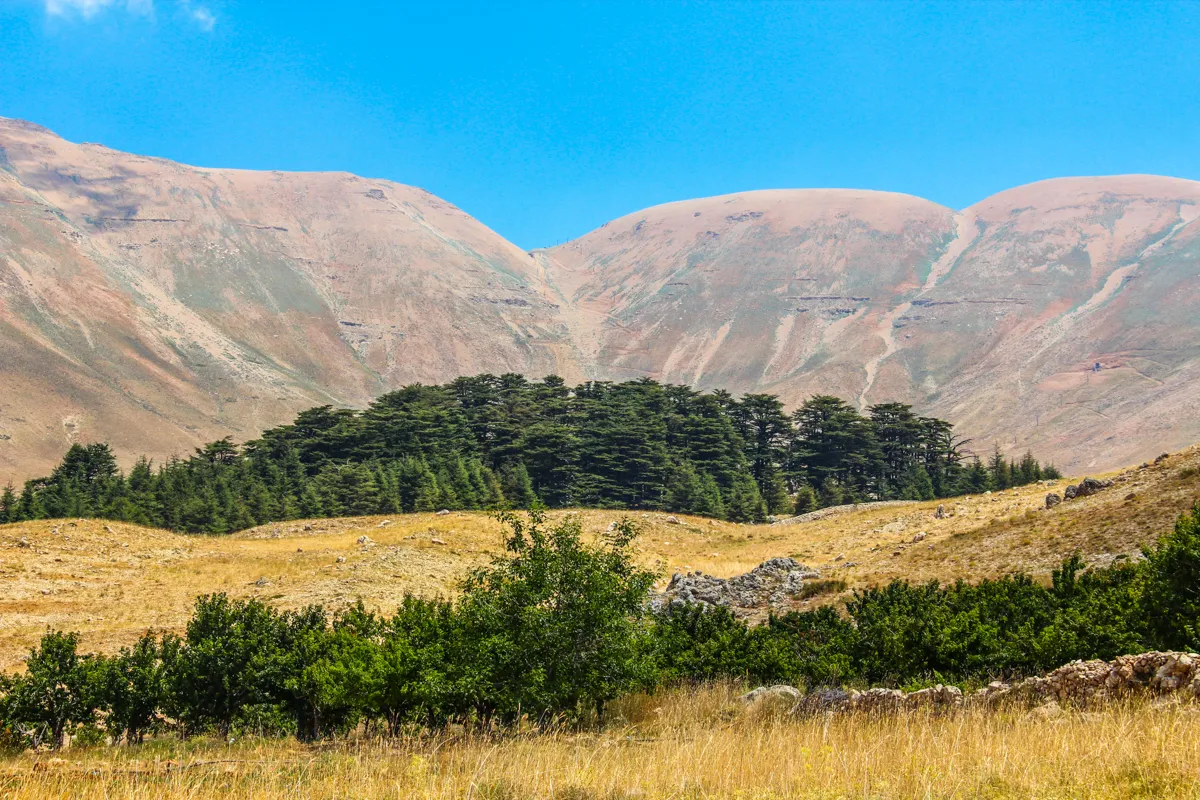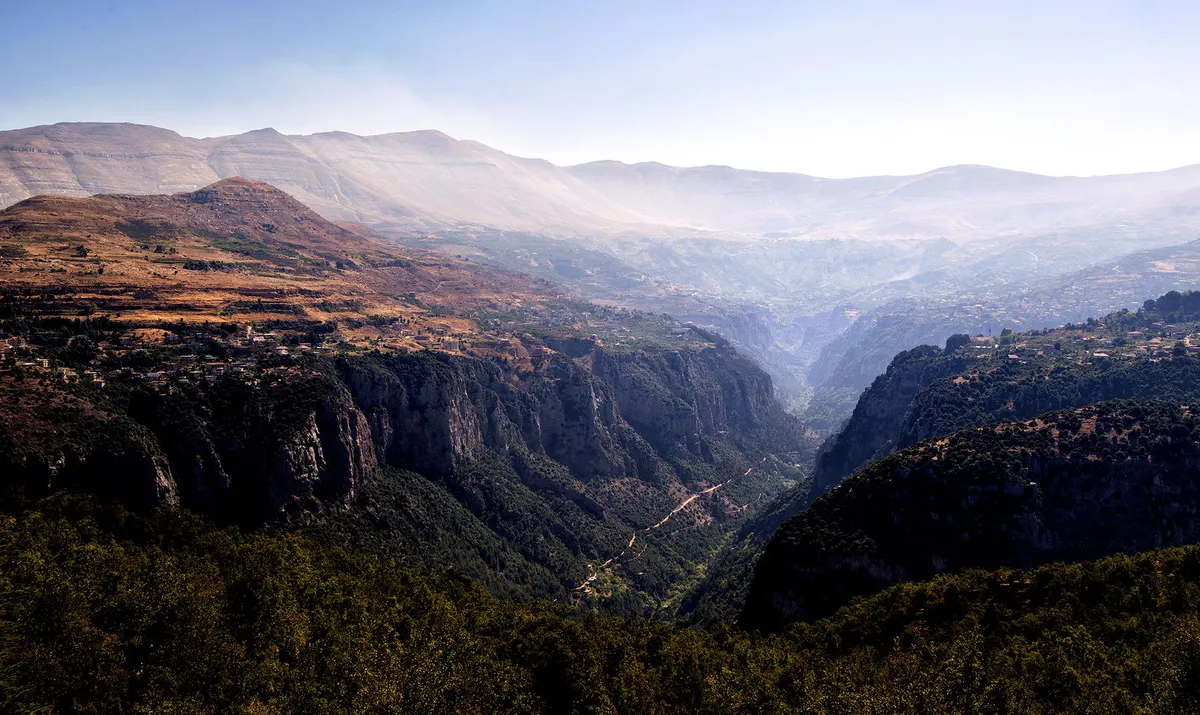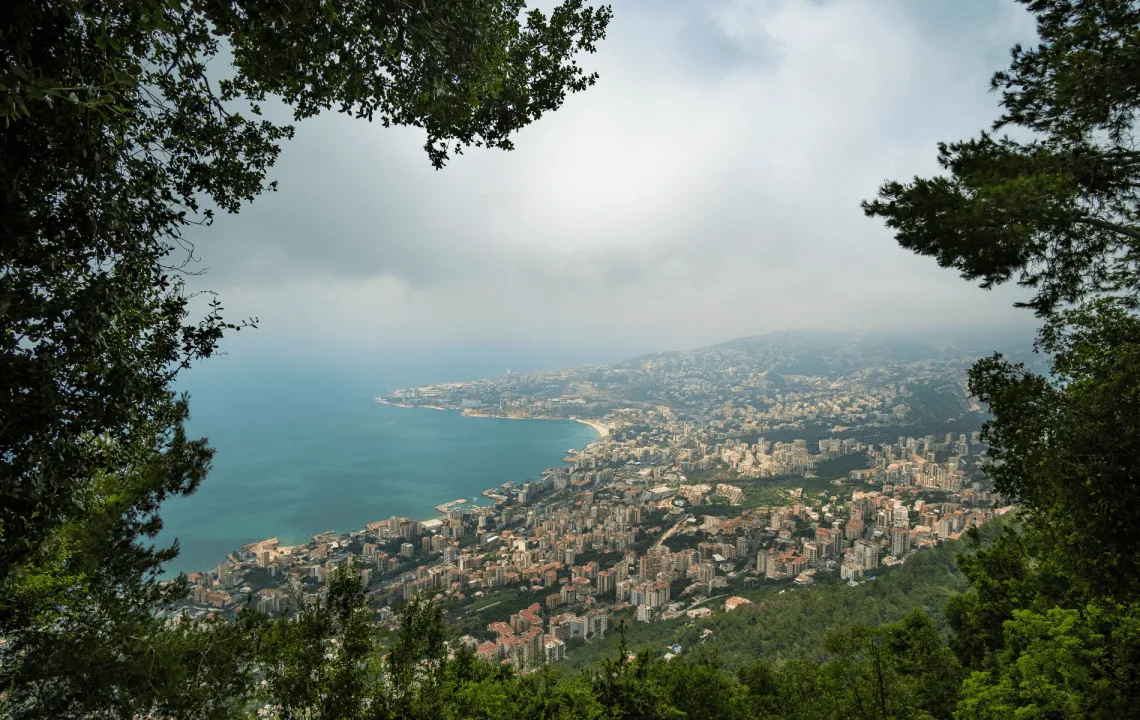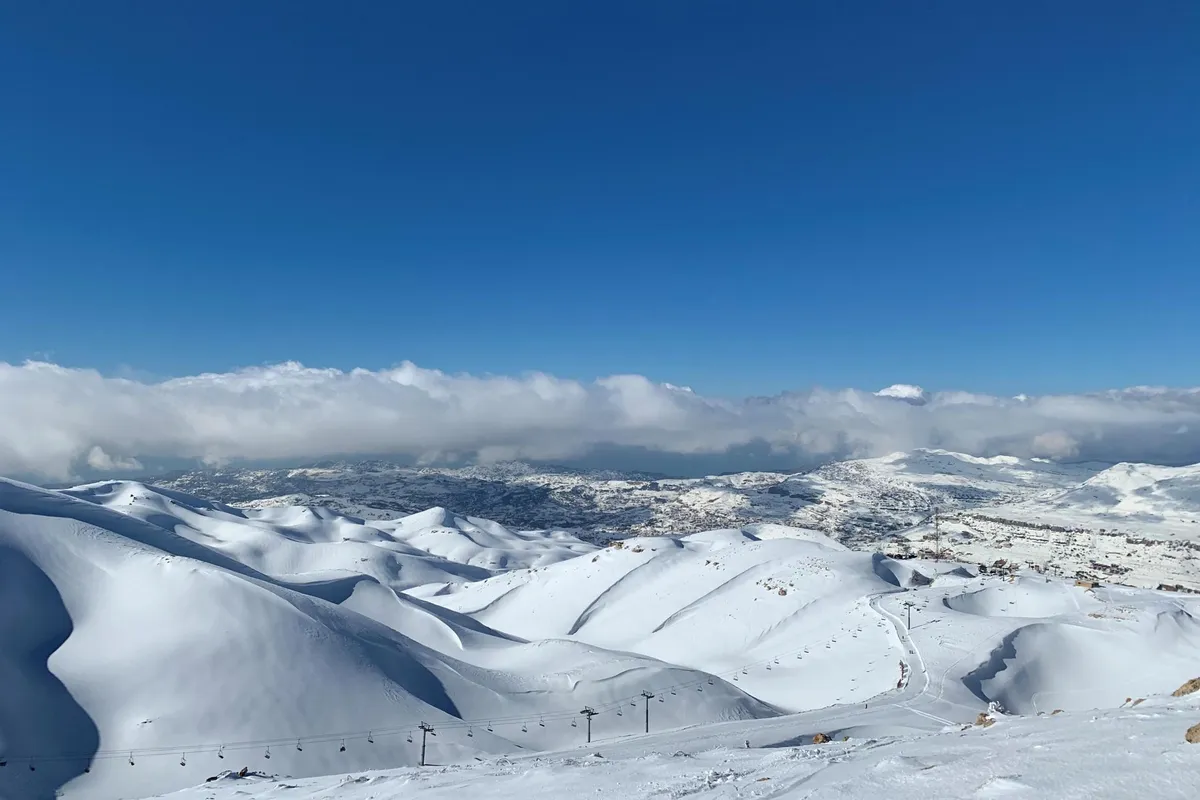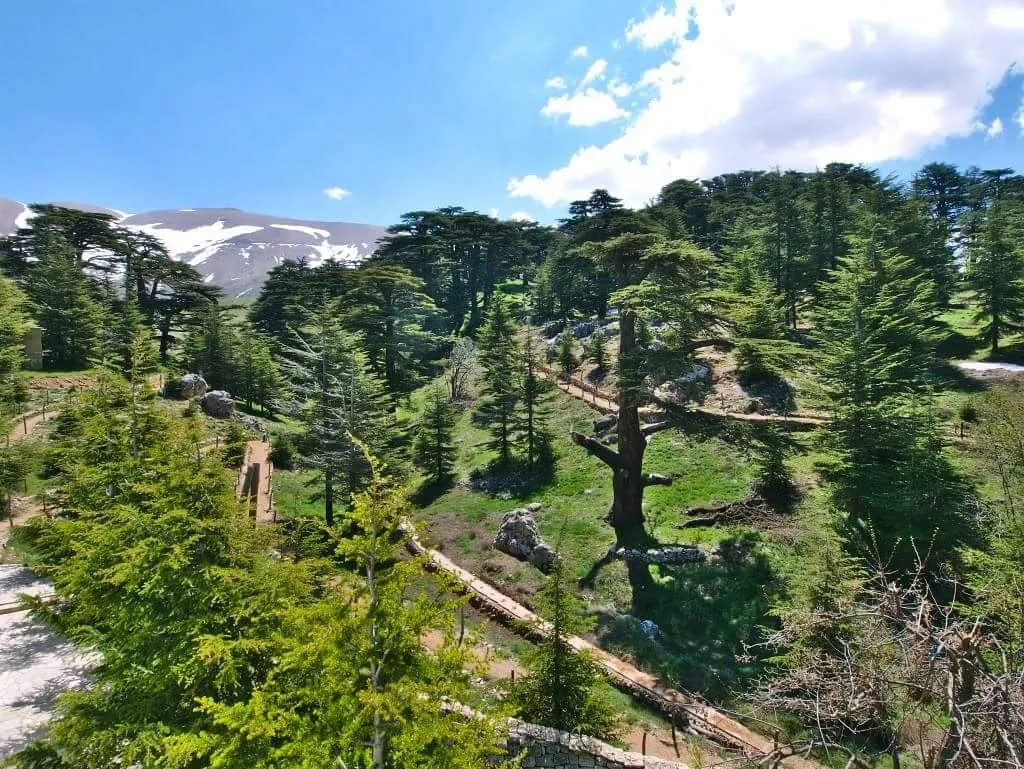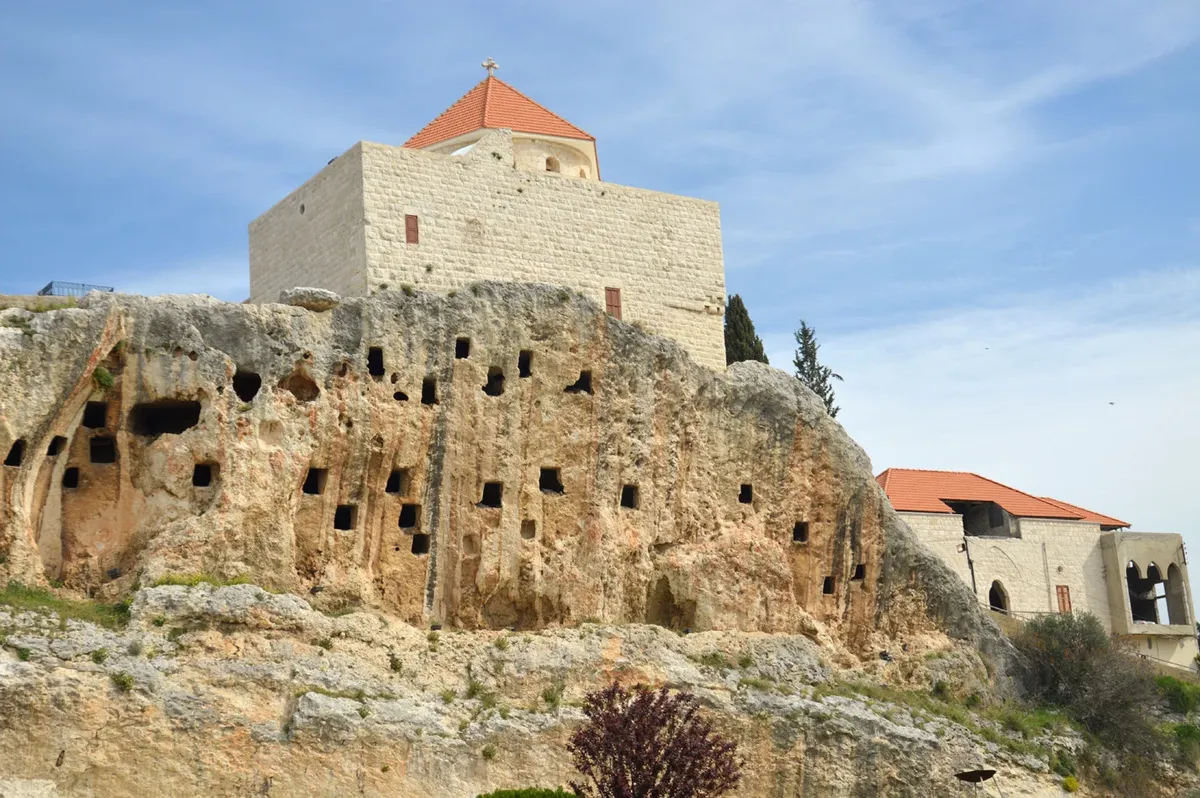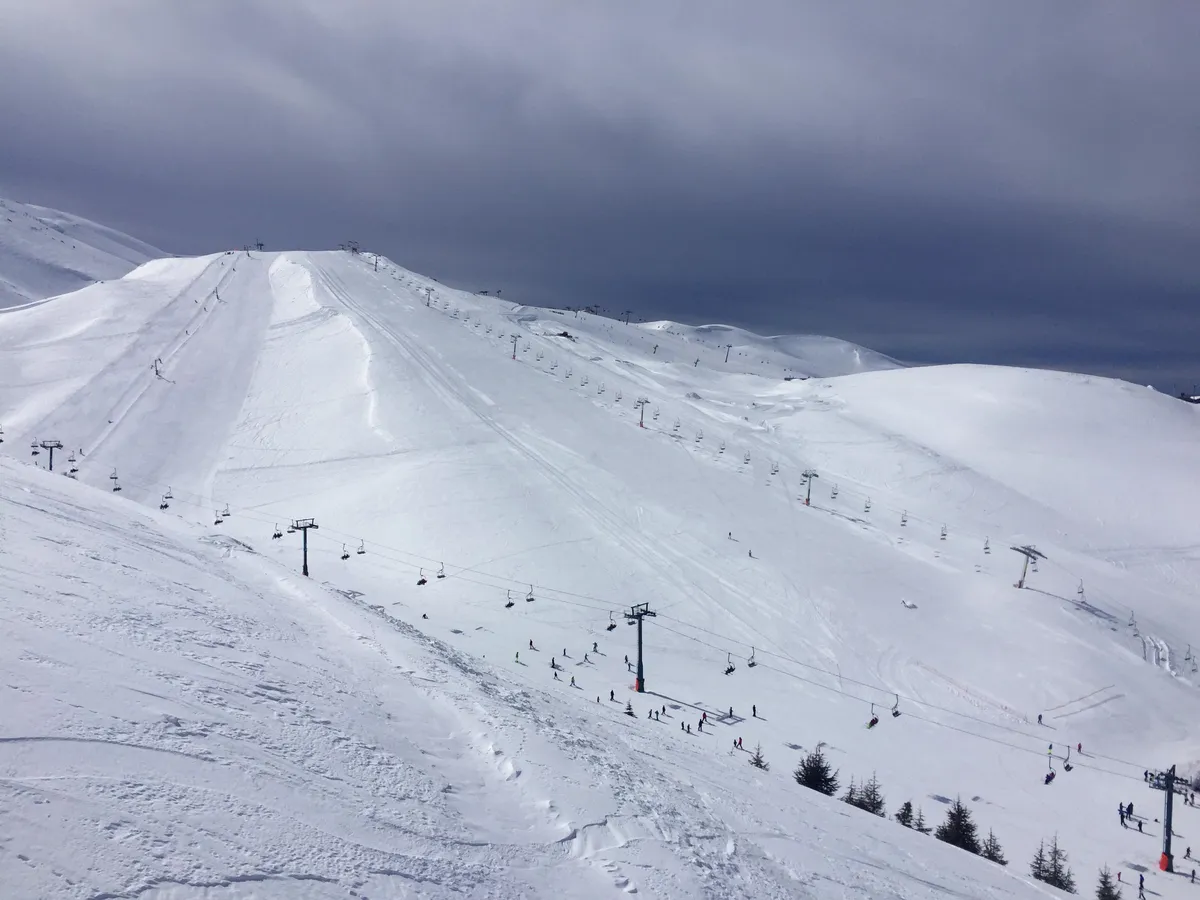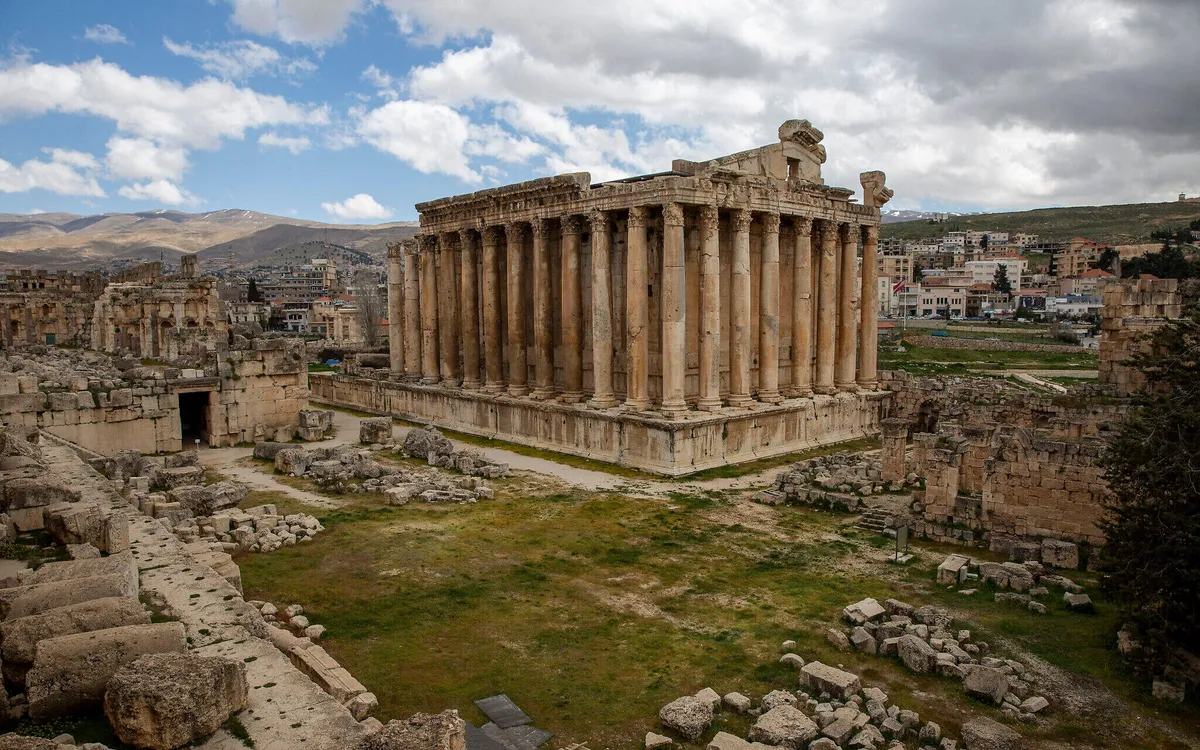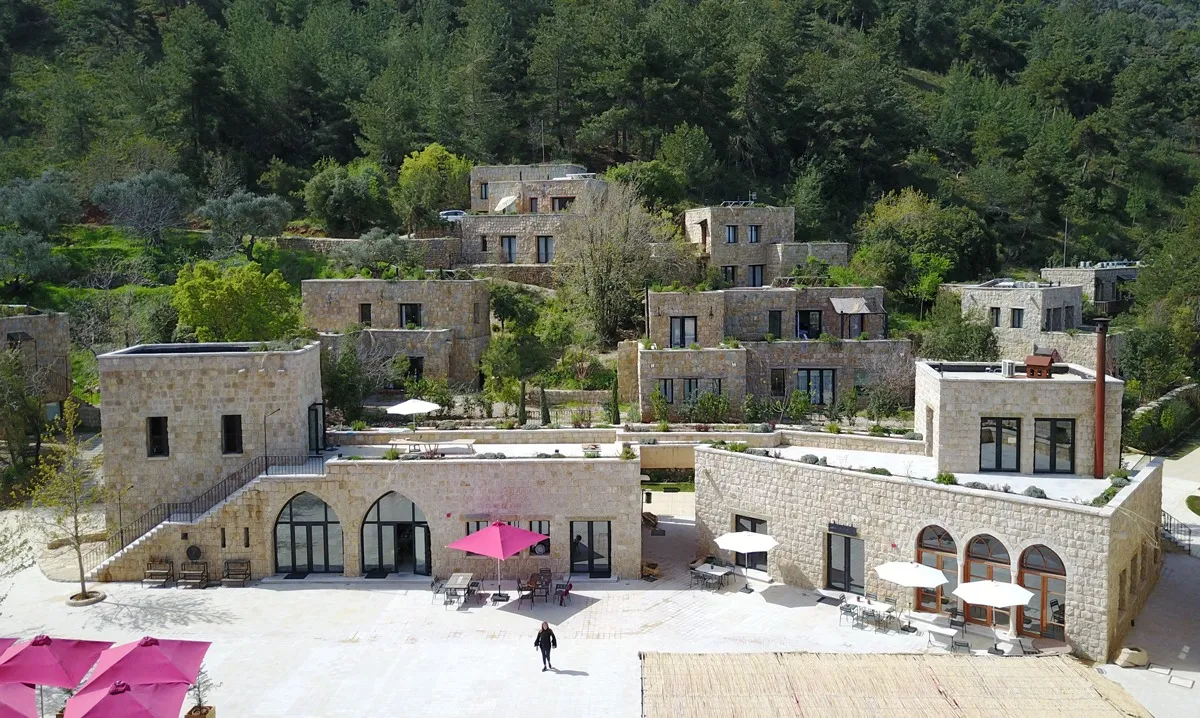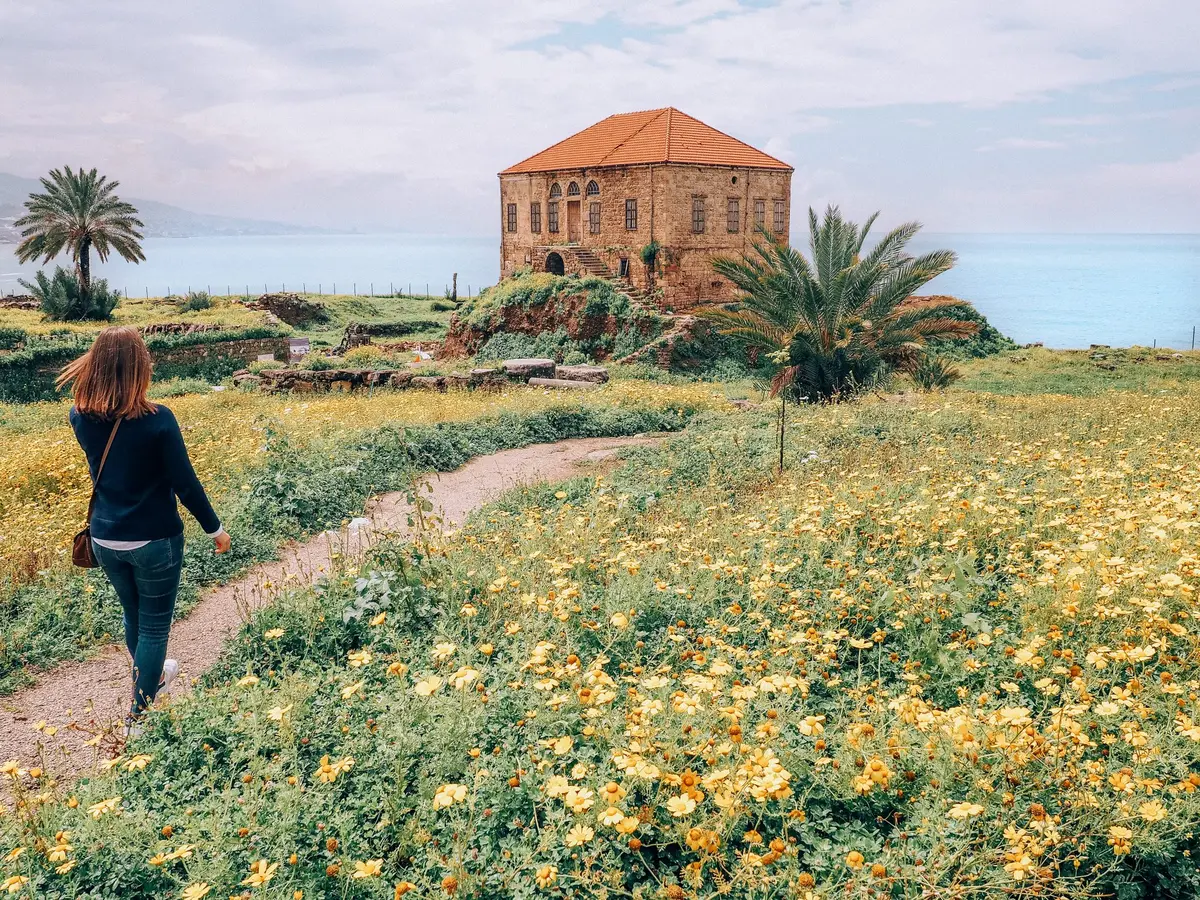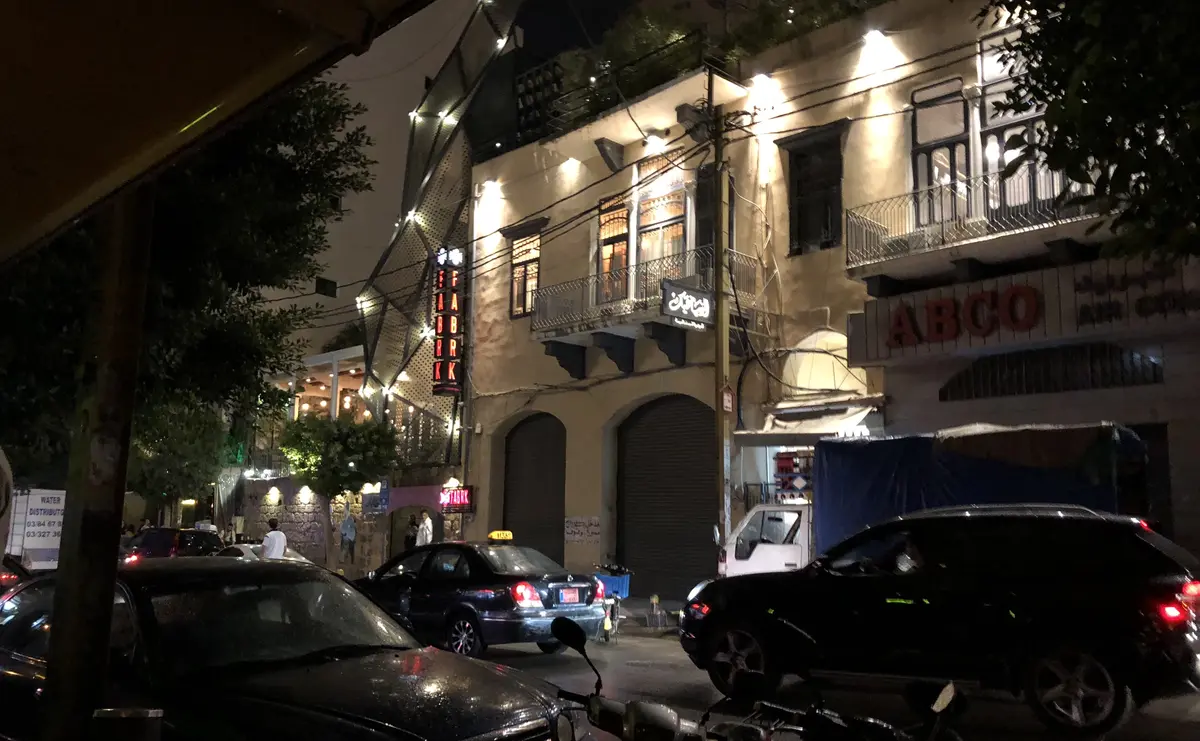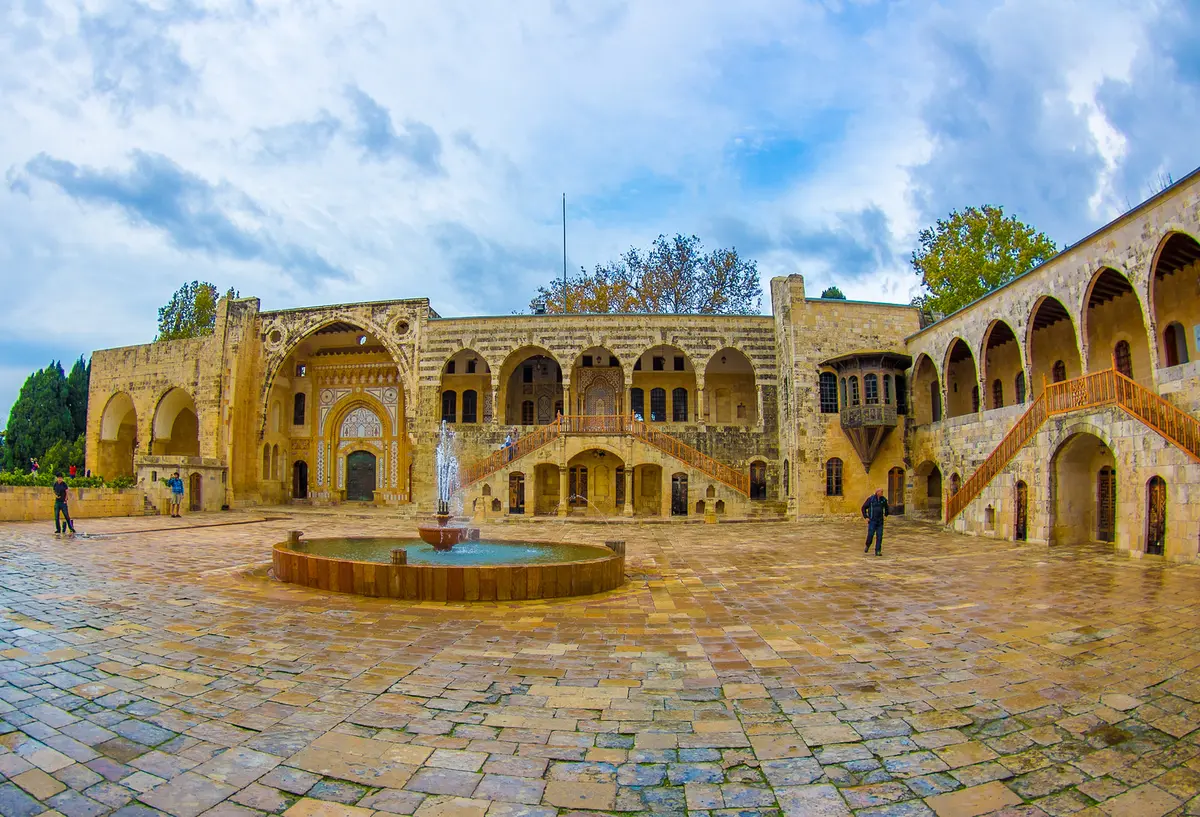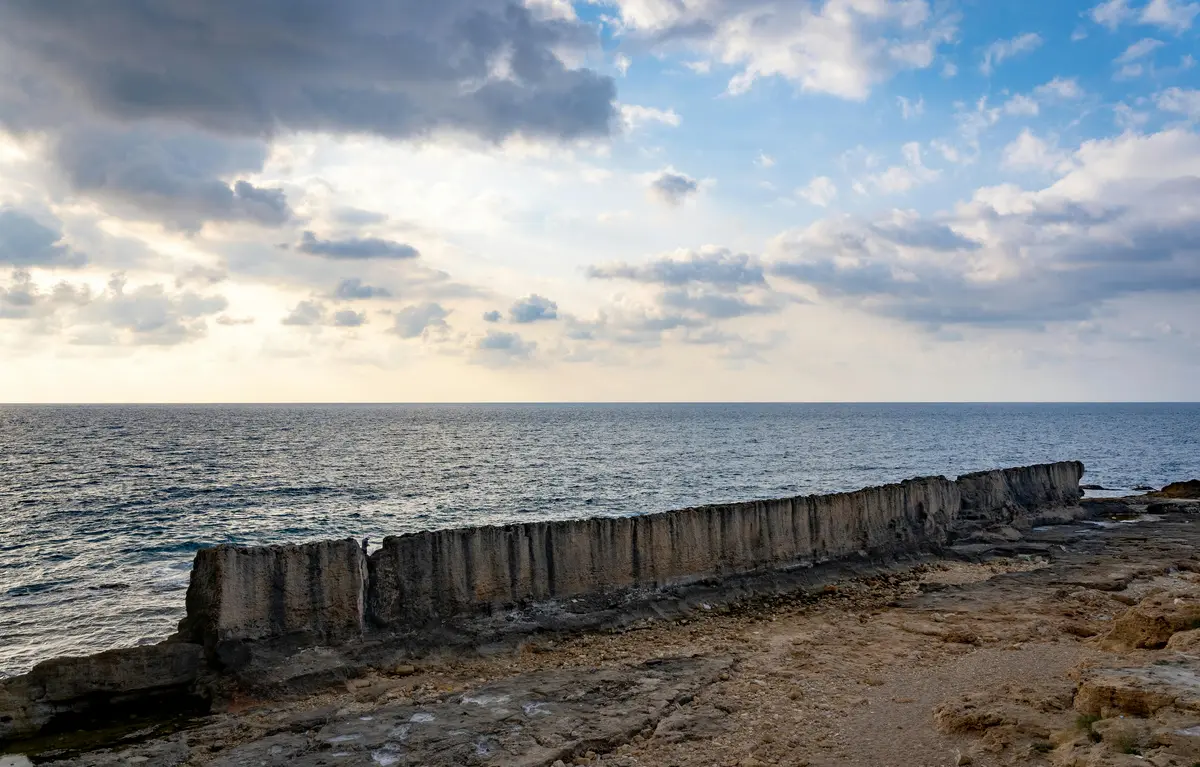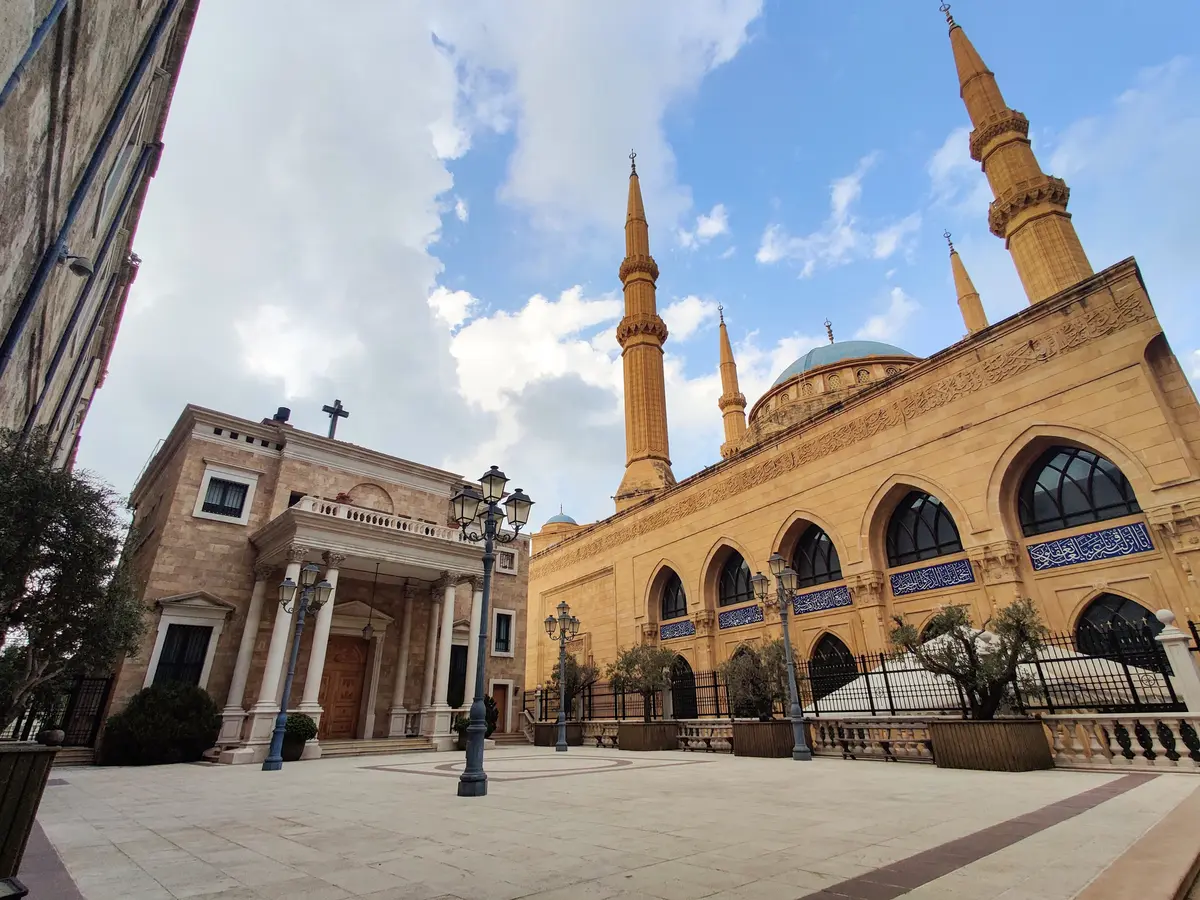Imagine a land where you can carve down snow-covered slopes in the morning and feel the warm Mediterranean sun on your skin by afternoon. This isn’t a fantasy—it’s the breathtaking reality of the Lebanon mountains, the dramatic ranges that form the nation’s spine. Running parallel to the coast, the verdant Mount Lebanon range captures the sea’s moisture, while to the east, the starker Anti-Lebanon mountains guard the fertile Bekaa Valley.
This unique geography, once earning Lebanon the name “Switzerland of the East,” creates a destination of unparalleled diversity. This guide dives into the legendary Lebanon Mountain Trail, vibrant ski resorts, ancient UNESCO monasteries, and the authentic hospitality of traditional guesthouses. It’s built on the firsthand experiences of hikers, skiers, and cultural explorers who have walked these trails and broken bread with local families.
The Allure of the Lebanon Mountains: A Land of Deep Contrast
The magnetic pull of the Lebanon mountains lies in the remarkable density of world-class nature, millennia of tangible history, and a deep culture of hospitality. Unlike vast destinations, Lebanon’s compact size allows you to explore a Roman temple, hike through a biblical cedar reserve, and share a meal in a traditional Druze village, all in a single day.
This convergence is no accident. The mountains have long served as a refuge for diverse communities, forging a spirit of resilience and community. This translates directly into the warm, familial welcome that travelers consistently report as the highlight of their journey.
The “ski and swim in one day” concept is a geographical reality. The Mount Lebanon range rises steeply from the coast, with the nearest ski resorts less than an hour from Beirut. This proximity creates stunning vistas where the blue sea is visible from the white peaks. The landscape itself shifts dramatically with the seasons. In winter, it’s a wonderland blanketed in snow. Come spring, this snowmelt feeds waterfalls and nourishes a carpet of wildflowers. These mountains are home to sprawling pine and oak forests and the last protected groves of the majestic Cedars of God (Cedrus libani), a national symbol and UNESCO World Heritage Site.
A Journey Through Millennia: History Carved in Stone
To walk in the Lebanon mountains is to walk through history. The narrative begins in mythology, with the Epic of Gilgamesh describing a journey to these very cedar forests. The ancient Phoenicians built their powerful fleets from this timber. King Solomon, in a story mentioned over 100 times in the Old Testament, imported them to build the First Temple in Jerusalem.
The Romans left their mark with staggering grandeur. In the Bekaa Valley, between the two mountain ranges, stands Baalbek, a temple complex so vast it dwarfs many in Rome itself. Later, the mountains’ rugged terrain became a sanctuary for early Christian monastic communities. This led to the creation of the extraordinary cliffside monasteries of the Qadisha Valley, a testament to faith literally carved from rock and another of Lebanon’s UNESCO World Heritage sites.
The Heart of Lebanese Hospitality: “Welcome, You Are Family”
Beyond the scenery and ruins, the most enduring memory for many is the profound warmth of the Lebanese people. This is not transactional friendliness but a genuine, deep-seated hospitality.
“What I loved most about Lebanon was the hospitality. The locals made me feel immediately welcomed, almost like family.” — Recent Traveler
“Out of all the countries I’ve traveled to, Lebanon sticks out to me for their hospitality. The people I met and spent a week with there still will reach out to me and ask how I am.” — Seasoned Traveler
This spirit is perhaps best illustrated by stories from hitchhikers. Multiple backpackers report that locals will frequently offer free rides, sometimes altering their own routes to show a visitor a point of interest. This generosity is a core part of the mountain culture and makes a trip here unforgettable.
Your Definitive Adventure Planner for the Lebanon Mountains
The adventure offerings in the Lebanon mountains are a structured, community-supported ecosystem. The famed Lebanon Mountain Trail (LMT), for instance, is more than just a path. Since 2007, it has evolved into a vital project connecting over 76 towns, fostering sustainable tourism that supports local guides and family-run guesthouses. When you hike the LMT, you aren’t just a tourist; you are a participant in a grassroots model of community-led development.
Hiking and Trekking: Trails for Every Adventurer
The Legendary Lebanon Mountain Trail (LMT)
The LMT is the country’s premier long-distance path, stretching 470 km from Andaket in the north to Marjayoun in the south. Divided into 27 sections, it traverses stunningly varied landscapes. Most visitors hike individual sections as day trips, staying in local guesthouses along the route—a perfect blend of wilderness and cultural immersion.
- Spotlight: Qadisha Valley (Section 7)This spectacular and challenging section descends into the deep, 1,000-meter gorge of the Qadisha Valley (a UNESCO site). The trail passes ancient hermitages and monasteries carved into sheer cliffs, offering a profound sense of history. Suitable for experienced hikers, it’s best visited in spring and fall.
- Spotlight: The Cedars of God (Section 13)This moderate hike takes you through one of Lebanon’s most iconic natural treasures: the Cedars of God. These ancient trees, some over 1,500 years old, are a living symbol of national identity. The trail winds through this sacred grove and continues to the high alpine area of Makmel, offering stunning panoramic views.
- Other Notable Trails: Tannourine Cedar Forest Nature ReserveA serene alternative to the more famous grove, this reserve features another ancient cedar forest and the spectacular Baatara Gorge Waterfall, or “Cave of the Three Bridges,” where a waterfall plunges into a limestone sinkhole.
Skiing and Winter Sports: The “Switzerland of the East”
Lebanon’s ski resorts are a revelation, with high elevations and substantial snowfall creating excellent conditions from December through March.
- Mzaar Ski Resort (Faraya-Mzaar-Kfardebian)Mzaar is Lebanon’s largest resort, with 42 slopes across 80 km of terrain. It caters to all skill levels and sits at elevations from 1,850 to 2,465 meters. The base village is a vibrant hub of restaurants, bars, and hotels, including the luxury InterContinental. It’s a full-service experience with a lively après-ski scene.
- Cost: Approx. $30-$34 USD for a day pass; $15-$25 for rentals.
- The Cedars Ski Resort (Arz)Located near the Cedars of God, this resort offers a more rustic, traditional vibe. With elevations up to 3,090 meters (the highest in the Middle East), it attracts advanced skiers seeking challenging terrain and superior snow quality. Accommodation is found in the nearby, authentic village of Bcharre.
- Laqlouq Ski ResortOne of Lebanon’s oldest stations, Laqlouq offers a charming, low-key, and family-friendly atmosphere. It’s smaller and less developed, perfect for beginners and those seeking a quiet mountain getaway.
Cultural Immersion: UNESCO Sites and Ancient Villages
The history of the Lebanon mountains is not confined to museums; it’s a living part of the landscape.
The Qadisha Valley and Monasteries
This “Holy Valley” is a living museum of faith. The Monastery of Saint Anthony of Qozhaya, founded in the 4th century, is one of the oldest monasteries in the world. Its complex includes a cave chapel, a museum, and the first printing press in the Middle East (16th century). Visiting this active monastery is a deeply moving experience of peace and contemplation.
The Cedars of God (Horsh Arz el-Rab)
More than just trees, these ancient giants are a symbol of Lebanon itself. Walking among their massive trunks in the protected UNESCO grove is a humbling experience. The air is scented with resin, and the silence feels sacred. The reserve is easily accessible from Bcharre and features boardwalks for exploration.
Baalbek: Temples of the Sun
Located in the Bekaa Valley, Baalbek is an essential stop. This archaeological site holds some of the most monumental and well-preserved Roman temple ruins in the world. The sheer scale of the Temple of Jupiter and the near-perfectly intact Temple of Bacchus is breathtaking. The 800-ton foundation stones remain an engineering marvel.
Exploring Traditional Villages
- Bcharre: The charming gateway to the Cedars and Qadisha Valley, Bcharre is also the birthplace of famed poet Khalil Gibran. The Gibran Museum, housed in a former monastery, is a must-visit.
- Douma: A remarkable example of preserved Lebanese mountain architecture, this village thrives on sustainable heritage tourism. Visitors can stay in beautifully restored stone houses with red-tiled roofs, offering a true step back in time.
- Ehden: A lively summer resort town and gateway to the Horsh Ehden Nature Reserve, a protected forest of immense biodiversity. Ehden is known for its vibrant restaurant scene and local culinary specialties.
Where to Stay in the Lebanon Mountains: Resorts and Guesthouses
Accommodation in the Lebanon mountains ranges from modern luxury to intimate, family-run guesthouses.
Mountain Resorts: Luxury and Convenience
These are ideal for families, skiers, or travelers seeking full amenities.
- InterContinental Mzaar: The flagship luxury property in Mzaar, offering ski-in/ski-out access, a full-service spa, and multiple restaurants.
- Scappa Resort (Akoura): A stylish, contemporary boutique hotel with a spa and a highly-regarded restaurant, offering a more intimate resort feel.
Traditional Guesthouses: Authenticity and Immersion
For a more culturally immersive experience, these family-run establishments in heritage buildings are highly recommended.
- Beit Douma (Douma): A celebrated 200-year-old villa, meticulously restored with antique furnishings, offering stunning views and exquisite home-cooked Lebanese cuisine.
- La Maison des Sources (Ain Zhalta): A 200-year-old guesthouse lovingly restored, offering an elegant and authentic retreat near the Chouf Cedar Reserve.
- Guita Bed and Bloom (Aaqoura): A cozy eco-guesthouse and organic farm offering a true farm-to-table experience, perfect for those interested in sustainable living.
- Bkerzay (Shouf): An eco-friendly conservation project with traditional stone guesthouses, an infinity pool, a pottery studio, and a spa, blending nature, art, and relaxation.
| Feature | Mountain Resorts | Traditional Guesthouses |
| Best For | Luxury, convenience, families, skiers | Authentic experiences, cultural immersion, couples |
| Avg. Price | $150 – $350+ USD / night | $100 – $250 USD / night |
| Vibe | Professional, service-oriented, bustling | Intimate, familial, quiet, personal |
| Amenities | Pools, spas, gyms, concierge | Shared living spaces, gardens, home-cooking |
| Examples | InterContinental Mzaar, Scappa Resort | Beit Douma, La Maison des Sources, Guita |
A Taste of the Mountains: Must-Try Local Cuisine
While staples like hummus and tabbouleh are everywhere, the Lebanon mountains have their own distinct culinary traditions.
- Mountain Specialties: Look for hearty stews (yakhnet), such as Makhlouta (a rich bean and wheat stew). In Baalbek, try sfiha (savory lamb pastries). A true delicacy is qawarma, lamb preserved in its own fat, which adds rich flavor to many dishes.
- Local Products: The mountains are renowned for their cheeses. Ask for Baladi cheese (a mild, fresh “cheese of the mountains”) and Darfiyeh (a pungent goat cheese aged in a goatskin).
- Markook Bread: No meal is complete without this paper-thin bread baked on a domed griddle, perfect for scooping dips and wrapping grilled meats.
Essential Travel & Safety Info for the Lebanon Mountains
Navigating with Confidence
Renting a car is the most practical way to explore the Lebanon mountains, as public transport is limited. Be prepared for winding, narrow, and steep roads. Driving at night can be challenging due to a lack of street lighting, a consequence of the energy crisis. Military checkpoints are common but routine; tourists are typically waved through.
Money Matters: A Cash-Based Economy
This is critical: Due to the severe economic crisis, Lebanon operates almost entirely on a cash basis.
- ATMs are not reliable for foreign cards.
- Credit cards are rarely accepted.
- You MUST bring sufficient US dollars in cash to cover your entire trip. US dollars are widely accepted everywhere and are preferred over the local currency.
A Balanced View on Safety
It’s essential to understand the security situation.
- The Official Stance: The U.S. Department of State and other governments hold high-level “Do Not Travel” advisories for Lebanon, citing risks of crime, terrorism, civil unrest, and potential armed conflict.
- High-Risk Zones to AVOID: Advisories consistently highlight specific regions to strictly avoid. These include areas along the southern border with Israel, the eastern border with Syria, the city of Tripoli, and the southern suburbs of Beirut.
- The On-the-Ground Reality: In stark contrast, there is a wealth of recent, firsthand accounts from American and European travelers who report feeling “100% safe” and incredibly welcomed in the main tourist areas of Mount Lebanon (Chouf, Keserwan, Byblos, Batroun, Bcharre).
The key to a safe trip is geographical awareness. While official advisories reflect real risks in specific border regions, the experiences of countless recent travelers suggest that the central mountain areas popular for tourism remain safe and welcoming.
The Lebanon mountains offer a journey that transcends a typical vacation. It’s an immersion into a land where ancient history is etched into a vibrant landscape, where adrenaline-fueled adventure is balanced by quiet contemplation, and where the grandeur of nature is matched only by the warmth of its people. This destination rewards the curious traveler with an unforgettable adventure in the heart of the “Switzerland of the East.”
